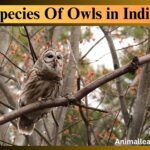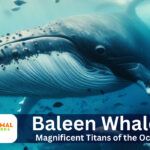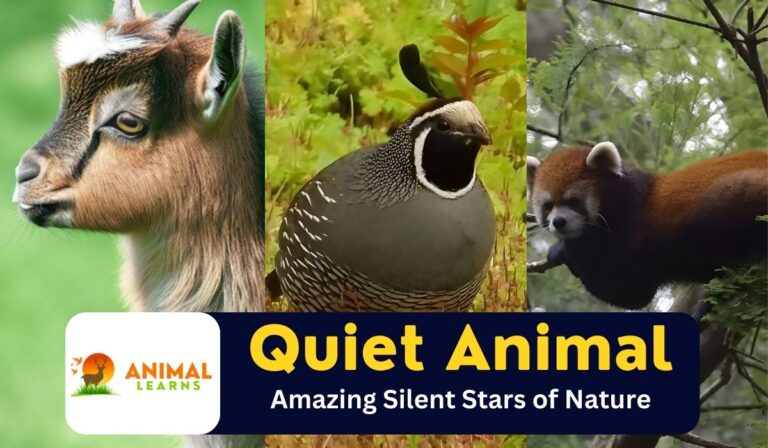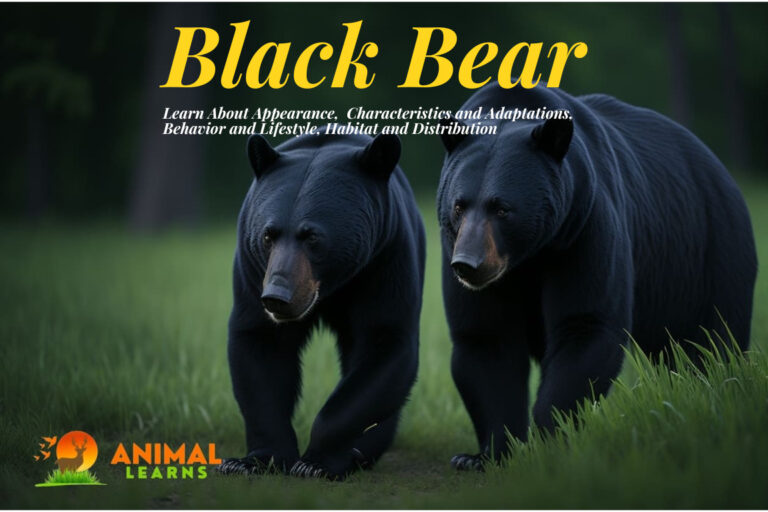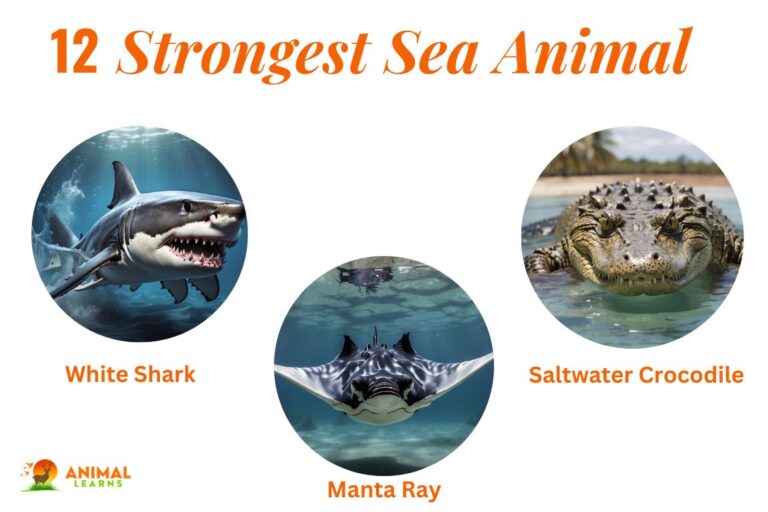10 Animals With No Neck: Amazing Animal Adaptations
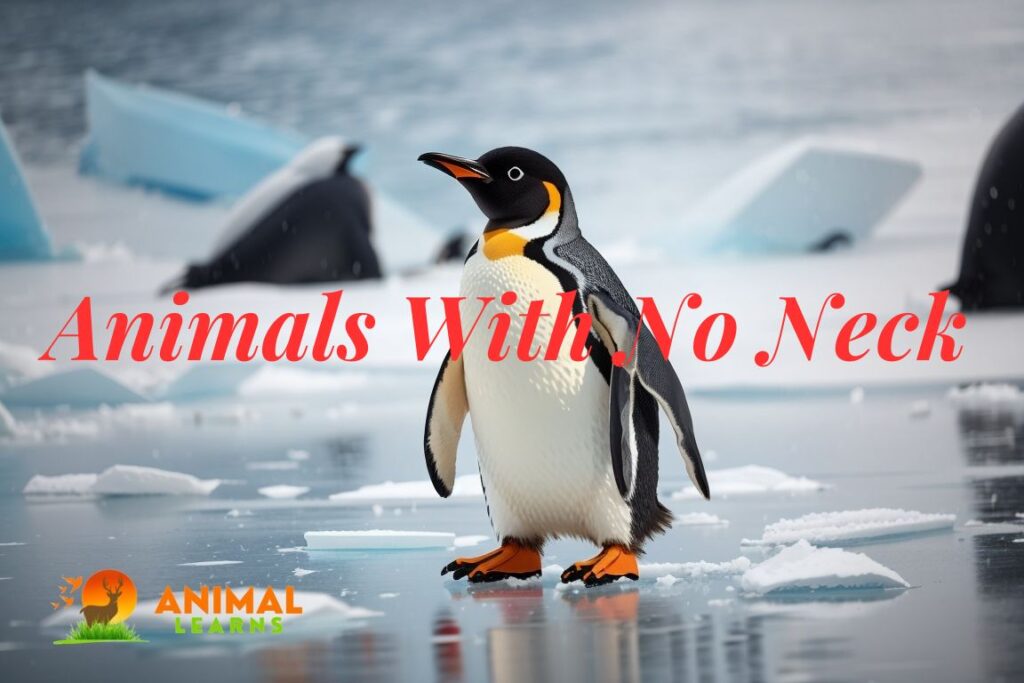
Animals with no neck are amazing examples of how nature can create different solutions for different challenges. There are many types of strange animals in the world. Some of them are animals with small eyes and some have big eyes.
Some animals have short and some have a long neck. Despite all this, they are happy in their world. The animal in the state it is in, is a gift of nature.
An animal’s flexible neck connects its head to the remainder of its body. It enables head movement for functions including eating, grooming, and hunting.
Here is the list of animals with no neck/small neck
- Humpback Whale
- Snake
- Frog
- Slug
- Octopus
- Jellyfish
- Snail
- Penguin
- Manatee
- Aardvark
Humpback Whale
Contents
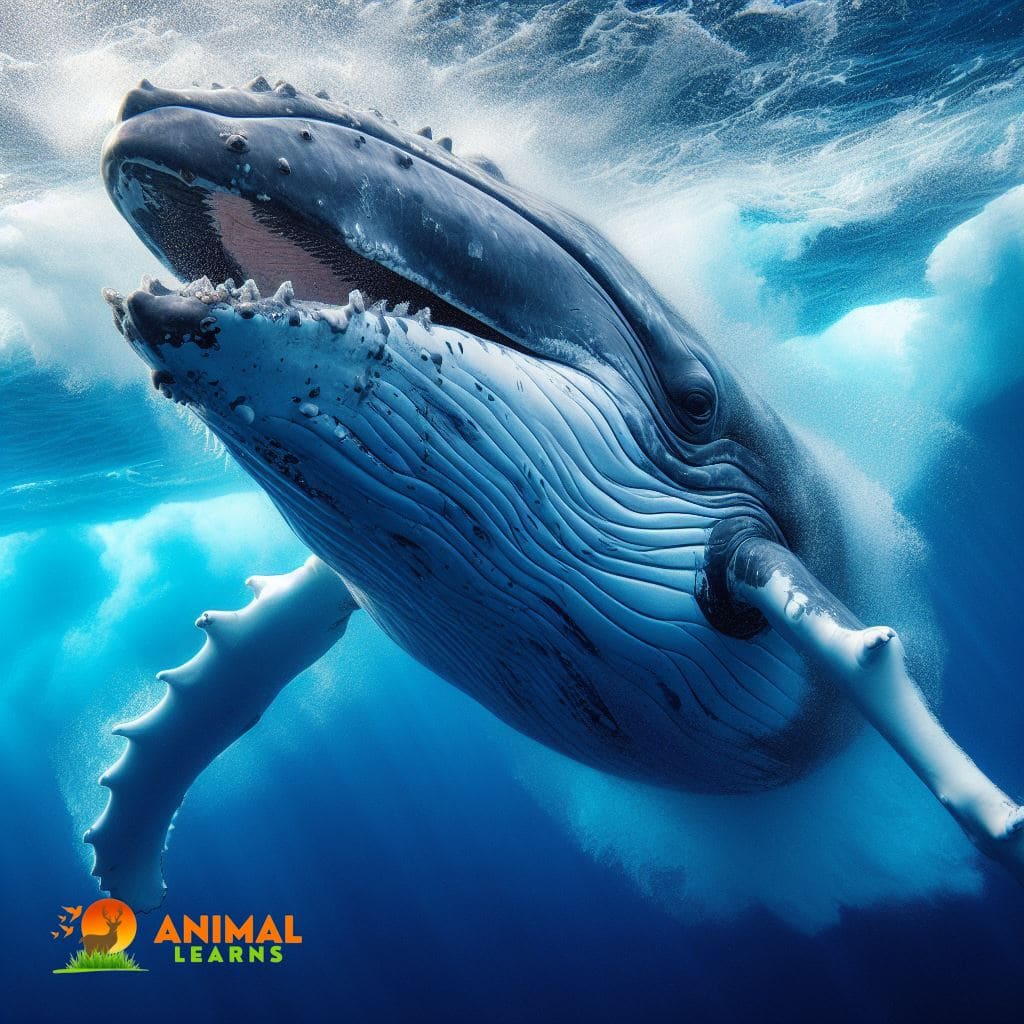
| Animal | Humpback Whale |
| Class | Mammalia |
| Order | Cetacea |
| Habitat | Oceans worldwide |
| Diet | Carnivorous |
| Notable Feature | Enormous size, distinctive humpbacked dorsal fin |
| Lifespan | Up to 50 years |
| Behavior | Known for acrobatic breaching and complex songs |
The Humpback Whale, or Megaptera novaeangliae, is a stunning marine mammal with a smooth curve from its head to its body instead of a neck.
These giants can grow up to 60 feet long and weigh 40 tons, making them one of the largest animals on Earth. They are famous for their spectacular jumps and splashes, which can be seen from miles away.
They travel across the oceans every year, following their food and mates. They mainly eat small fish and krill, and they help keep the marine ecosystems healthy.
Snake

| Animal | Snake |
| Class | Reptilia |
| Order | Squamata |
| Habitat | Various habitats, from forests to deserts |
| Diet | Carnivorous, primarily rodents and other small animals |
| Notable Feature | Legless, elongated body and venomous species exist |
| Lifespan | Varies by species, typically 15-30 years |
| Behavior | Cold-blooded, often ambush predators |
Animals with no neck often display intriguing adaptations for movement and survival. Snakes are part of the Serpentes group and have long, legless bodies that make them look neckless.
They live on every continent except Antarctica and come in many shapes and sizes, from the tiny threadsnake to the huge anaconda. They don’t need legs to hunt; they can move in different ways, such as slithering and coiling.
They are meat-eaters and hunt prey like rodents, birds, and other small animals. They have special features, such as venomous fangs or squeezing power, depending on how they catch their food.
Frog

| Animal | Frog |
| Class | Amphibia |
| Order | Anura |
| Habitat | Aquatic and terrestrial, found near water |
| Diet | Carnivorous, insects and small invertebrates |
| Notable Feature | Amphibious, strong jumping hind legs |
| Lifespan | Varies by species, typically 4-15 years |
| Behavior | Known for distinctive croaking calls |
Some animals with no neck. They have different ways of moving and staying alive like frogs. Frogs are amphibians in the Anura group and have short, almost neckless bodies that set them apart.
Frogs are very diverse and can be big or small, colorful or plain, but they all have some things in common, like long back legs for jumping and webbed feet for swimming.
They can live in many places, from rainforests to deserts, and they can adapt to different conditions. They mostly eat insects, but some bigger ones may eat small vertebrates. They are important for ecosystems as both hunters and hunted.
Slug

| Animal | Slug |
| Class | Gastropoda |
| Order | Pulmonata |
| Habitat | Damp and cool environments, often in gardens |
| Diet | Herbivorous, feeds on plants and fungi |
| Notable Feature | Lack of external shell, slimy mucus secretion |
| Lifespan | Varies by species, typically 1-5 years |
| Behavior | Slow-moving, nocturnal, and hermaphroditic |
Slugs are mollusks in the gastropod group and have no visible necks as a distinctive trait. These soft creatures move by making slime, which lets them slide over surfaces.
Slugs mostly eat plants like leaves and fungi and are often found in gardens and moist places, where they can sometimes be a nuisance.
Slugs are both male and female at the same time and can make more slugs by themselves. They are useful for ecosystems as they recycle nutrients.
Octopus

| Animal | Octopus |
| Class | Cephalopoda |
| Order | Octopoda |
| Habitat | Oceans worldwide, varying depths |
| Diet | Carnivorous, feeds on crustaceans and fish |
| Notable Feature | Multiple flexible arms, ability to change color |
| Lifespan | Varies by species, typically 1-5 years |
| Behavior | Highly intelligent, capable of problem-solving |
Some animals with no neck. They have different ways to move and stay alive. Octopuses are amazing marine animals in the Octopoda group and have flexible bodies that can change shape instead of necks.
Octopuses are smart and can do many things, like solving problems, communicating with colors, and hiding with camouflage.
They have no bones, so they can fit through small spaces and avoid danger. Octopuses eat meat like crustaceans, mollusks, and fish and live in oceans all over the world. They show how wonderful marine life is.
Jellyfish
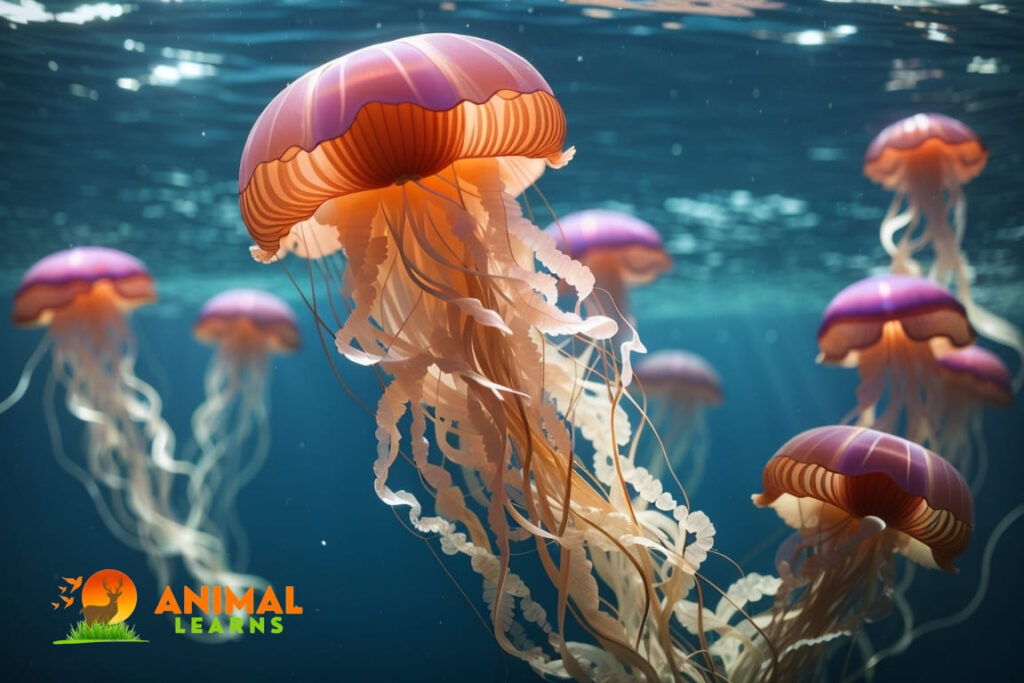
| Animal | Jellyfish |
| Habitat | Oceans worldwide |
| Body Shape | Bell-shaped |
| Notable Feature | Absence of a neck |
| Defensive Mechanism | Stinging tentacles |
| Diet | Predatory, feeding on plankton and small fish |
Jellyfish are amazing ocean creatures with a soft, see-through appearance. They are different from other animals because they don’t have a neck, or even a head or a body.
They just have a round, umbrella-like shape called the bell, where they keep their stomach and other parts. Jellyfish use their long, thin arms, which have special cells that can sting, to catch food and protect themselves.
These elegant marine animals live in oceans all over the world and have many beautiful shapes and colors.
Snail

| Animal | Snail |
| Habitat | Terrestrial and aquatic |
| Body Shape | Coiled, soft body |
| Notable Feature | Absence of a visible neck |
| Mode of Locomotion | Slime trail |
| Diet | Herbivorous, feeding on plants and detritus |
Snails are mollusks that live on land and have spiral shells. They also don’t have a visible neck. Snails have a special body structure with their soft parts inside their hard shells.
They move by making slime, which helps them slide slowly. Snails are very diverse, with many kinds of snails living in different places, from gardens to forests and even underwater.
Penguin

| Animal | Penguin |
| Habitat | Southern hemisphere, primarily Antarctica |
| Body Shape | Streamlined for swimming |
| Notable Feature | Short, concealed neck |
| Swimming Adaptations | Flippers and webbed feet |
| Diet | Carnivorous, primarily fish and krill |
Penguins are birds that don’t have a visible neck, even though they walk and swim gracefully. Their necks are short and almost covered by their feathers, which makes them good for living in the water.
Penguins are amazing marine birds with a black and white coat that looks like a suit. They can survive in very cold places like Antarctica.
Manatee
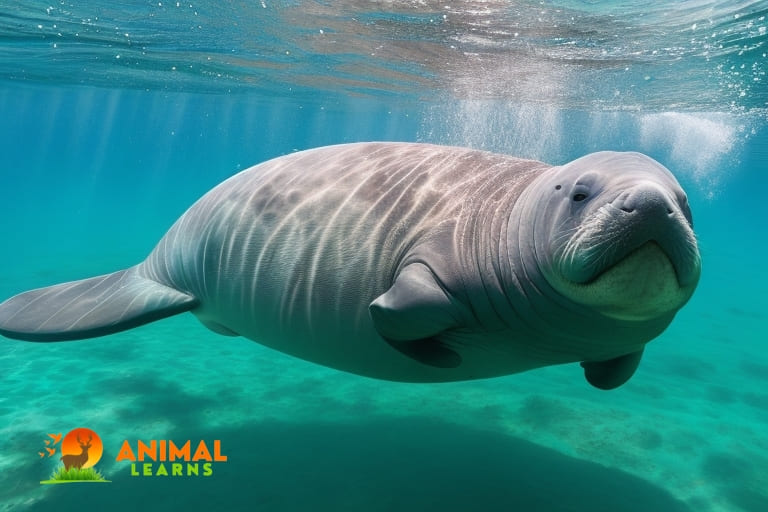
| Animal | Manatee |
| Habitat | Warm coastal waters, rivers, and estuaries |
| Body Shape | Rotund, blubbery body |
| Notable Feature | Absence of a visible neck |
| Diet | Herbivorous, feeding on aquatic plants |
| Conservation Status | Vulnerable due to habitat loss and boat collisions |
Some animals with no neck. They adapt to different kinds of movement and life. Manatees, also called “sea cows,” are big, gentle aquatic mammals that live in warm waters near the coast.
They are another example of animals that don’t have a visible neck, as their heads are smoothly connected to their round, fat bodies. Manatees eat plants and are known for being calm and friendly.
Aardvark
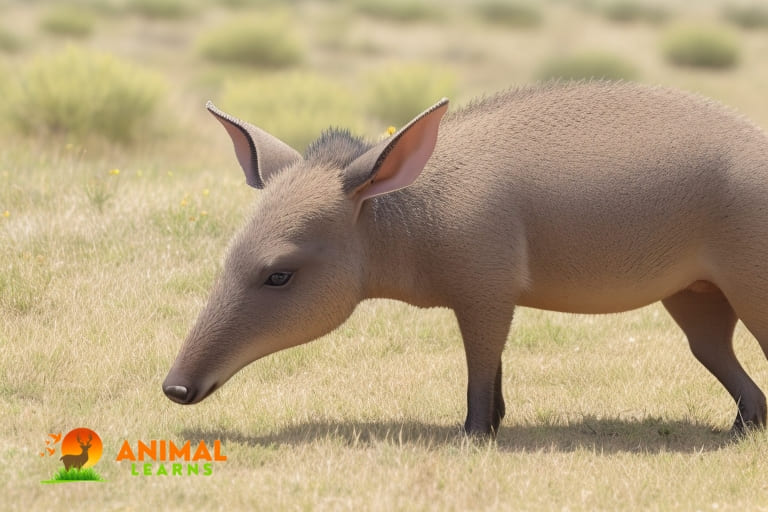
| Animal | Aardvark |
| Habitat | African savannas and grasslands |
| Body Shape | Stout with a long snout |
| Notable Feature | Absence of a visible neck |
| Diet | Insectivorous, specializing in ants and termites |
| Nocturnal Behavior | Primarily active at night |
Some animals with no neck exhibit various types of motion and adapt well to their respective environments. The aardvark, also called the “earth pig,” is a wonderful creature with special features, including its neck.
Aardvarks do have a neck, but it is short and strong compared to the necks of other mammals. This helps them with their eating habits.
Aardvarks use their long, narrow noses to dig into termite hills and ant nests to find their favorite food: ants and termites. Their powerful neck muscles help them break through these insect homes with ease and accuracy.
So, even though the aardvark doesn’t have a long, bendy neck like some other animals, its neck is very important for helping it get its food from underground, showing how nature has different ways of adapting.
Exploring Animals with No Neck and Unique Features
When it comes to the world of fauna, there’s an astonishing array of diversity, and that includes animals with no neck. These neckless wonders encompass a broad range of species, each with its own unique adaptations.
From the stout and robust bulldog to the seemingly neckless penguin, nature showcases its creativity in different ways. Some may wonder, “What animal has the shortest neck?” or “Which animal doesn’t have a neck?”
These questions lead us to discover the fascinating world of creatures with no traditional neck, like the hippopotamus or the armadillo.
So, whether you’re intrigued by fat animals with no neck or curious about animals without a neck, exploring these exceptional adaptations is a journey into the extraordinary.
Uncovering the Secrets of Animals with No Neck and Unique Anatomy
Animals with no neck challenge our conventional ideas of anatomy, raising intriguing questions about how they’ve evolved to thrive. Whether you’re interested in baby animals without necks or real animals without necks, there’s a wealth of diversity to explore.
The neckless animals, often characterized by a stout and compact build, encompass a wide spectrum of species, each with its own remarkable story. From the neckless penguin’s streamlined physique for efficient swimming to the armadillo’s armor-plated protection, these creatures teach us that adaptation knows no bounds in the animal kingdom.
So, if you’ve ever wondered what animal has a short neck or what animal has the smallest neck, embark on a journey into the world of unique anatomical features and discover the wonders of the natural world.
FAQs
Which animal does not have a neck?
Snakes, manatees, and jellyfish are examples of animals that typically do not have necks.
What animal has a short neck?
Animals like elephants, hippos, and penguins have relatively short necks compared to their body size.
Do fish have necks?
Fish do not have necks in the traditional sense; their heads are usually connected directly to their bodies.
What animal has the longest neck?
Giraffes are renowned for having the longest necks among terrestrial animals.
Do birds have short necks?
Birds vary in neck length, with some having relatively short necks and others having longer necks depending on their species.





